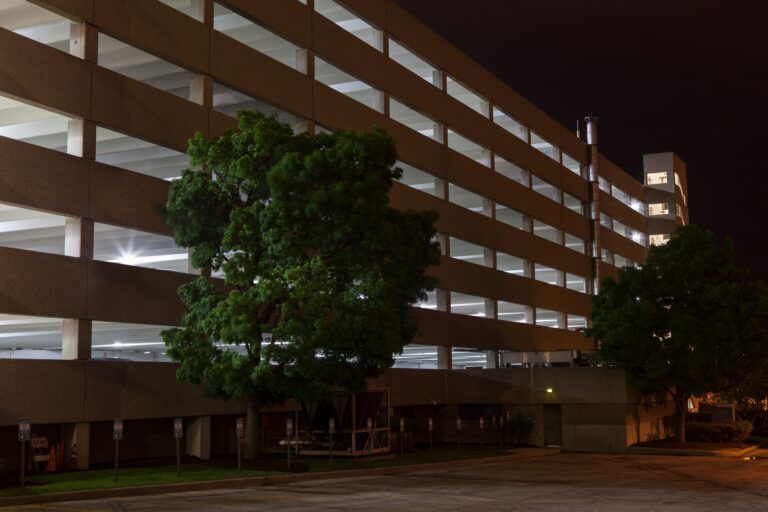April 7, 2004—Utah Power recently held a ribbon cutting ceremony as it begins operations at its newest facility, a local pilot project implementing a new energy storage system technology that is a first-of-its-kind project in the United States and is designed to enhance local electrical service.
Known as the Castle Valley VRB Project, Utah Power is in the final stages of placing this facility into service, which is designed to enhance electrical service to its customers in the area. On hand for the event was Rich Walje, executive vice president for Utah Power/PacifiCorp.
This project will allow Utah Power to store electrical energy in a special battery system during off-peak times and distribute the stored energy during high-peak times of the day.
Brad Williams, Utah Powers director of business technology, explained the process by which the energy is stored and distributed. Using two tanks filled with liquid electrolyte containing vanadium sulfates and a flow cell between the two tanks, a chemical reaction within the cell forces electrons to move across the electrodes. During the late-night and early-morning hours when demand for electricity is low, the battery is charged by moving electrons through the cell and storing the resulting energy in chemical bonds in the vanadium-based electrolyte.
This chemical reaction is fully reversible, allowing energy to be both stored and delivered. During the daytime, peak hours the battery will discharge as the electrons flow out of the battery and onto the electrical system. This combined system is designed to provide 250 kilowatts of electricity during peak demand, or enough to supply approximately 50 homes.
Williams also pointed out the safety aspects of the system which include: the electrolyte is stored in tanks located inside the building, there are no harmful heavy metals used in the system, there are no resulting emissions, the process is self-contained and fully automated within Utah Powers building at the site, and the system is fully monitored with control capability at Utah Powers Dispatch Center.
For more information, contact Utah Power.




